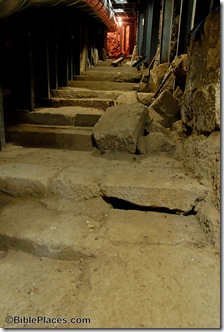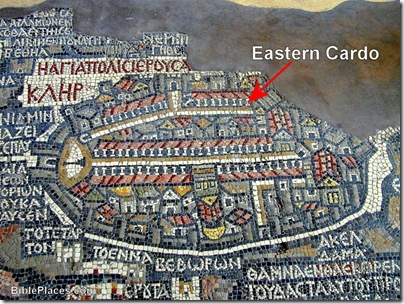Arutz-7 reports the discovery of a “half-shekel” from the City of David, but there are several questions about the story. On the biblical-studies list, Jack Kilmon writes that this coin, a Tyrian tetradrachm, was similar to a shekel, not a half-shekel. According to the article, only seven other Tyrian shekels or half shekels have been found in excavations in Jerusalem. The coin was found in the excavations of Reich and Shukrun, which were mentioned in a story yesterday as being halted by the Israeli High Court of Justice.
A half-shekel coin from the Second Temple was found in excavations in the City of David, just below and east of Jerusalem’s Old City. The upcoming Purim festival features the half-shekel prominently in its observance.
The ancient silver coin was discovered in an archaeological excavation that is being conducted in the main Second Temple-era drainage channel of Jerusalem. The foreign coin is of the denomination used during the turbulent Second Temple period to pay the Biblical half-shekel head-tax.
This coming Thursday night (Saturday night for Jerusalemites), before reading the Megillah (Scroll) of Esther, Jews worldwide will contribute a sum of money to charity in remembrance of that half-shekel command.
The Arutz-7 report continues and it also has some great photos of the coin.
HT: Joe Lauer


